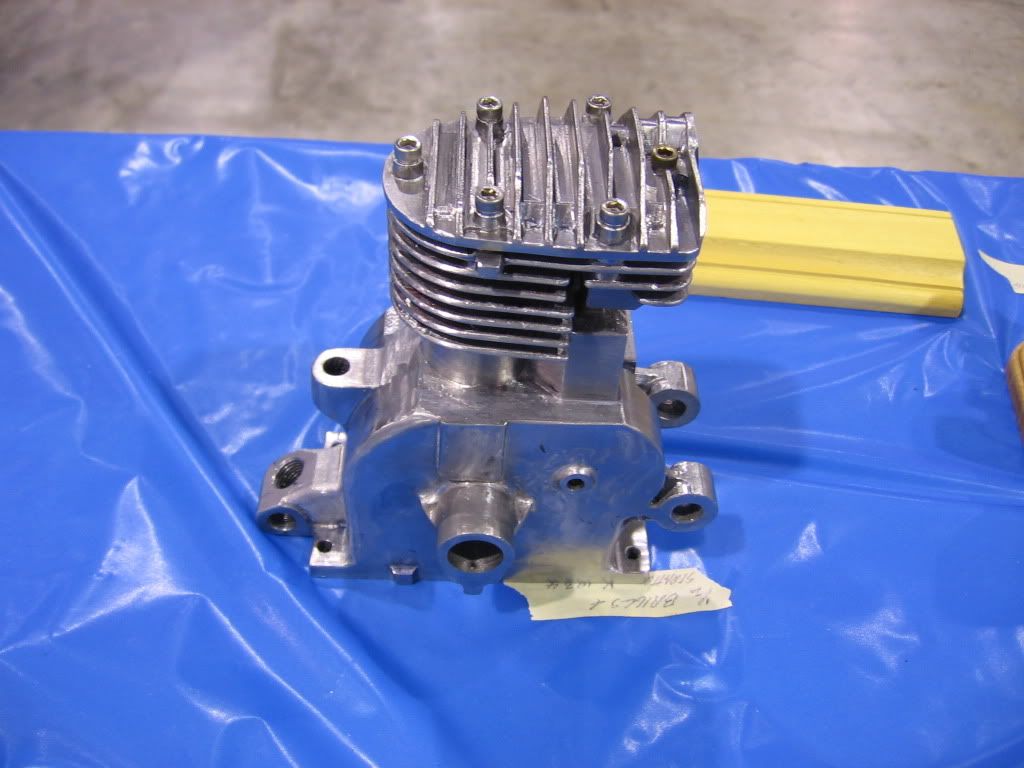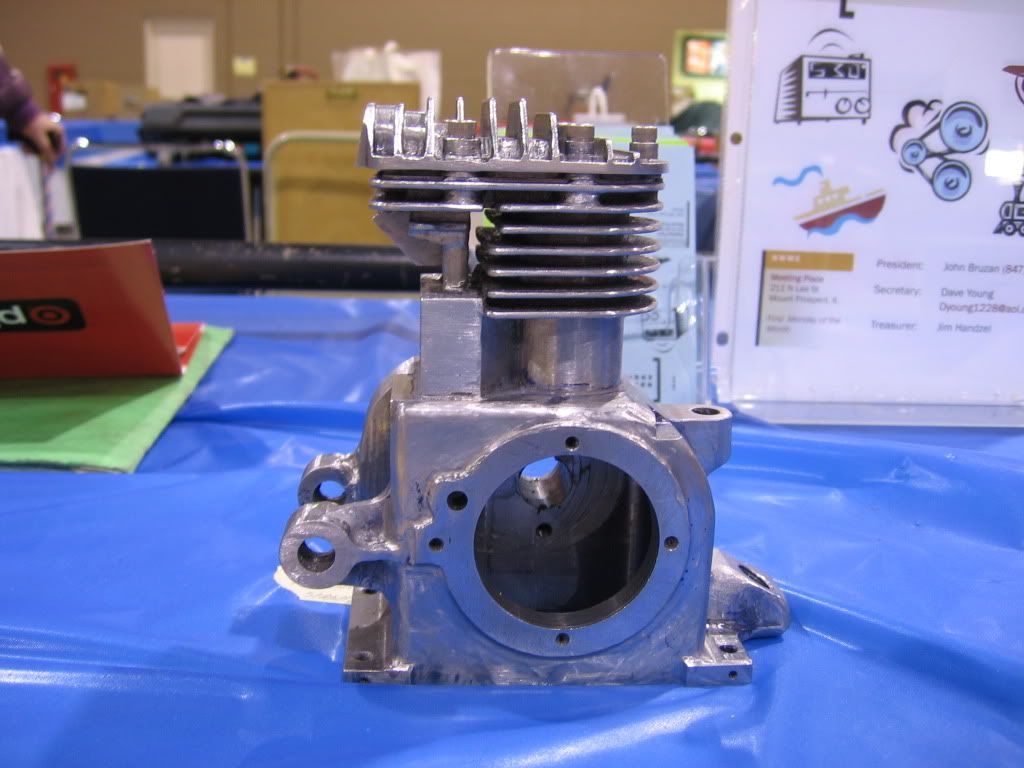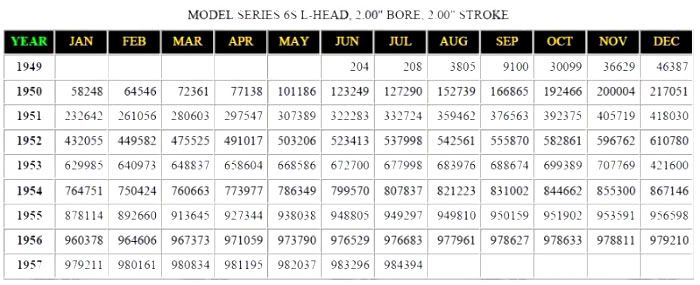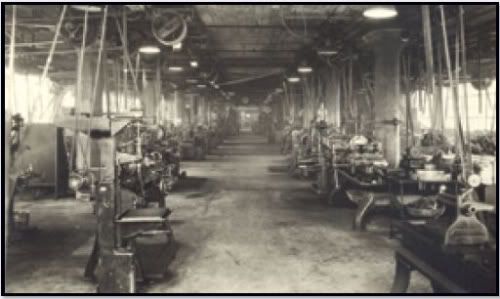- Joined
- Jan 3, 2008
- Messages
- 2,085
- Reaction score
- 17
Thanks for the comments Jeff and gbrit. The small equipment does take patience for sure and not everything will or even can be done with it on this project.
.
Gbrit....in the original the cylinder and crankcase are all one casting. I hope to do the same though it will be machined out of aluminum...hence the cast iron cylinder liner. That is going to be a challenge to say the least and i keep looking at the crankcase/cylinder and hoping for some epiphany as to doing it. I think it will take some degree of fabricating combined with machinig.
I have a few progress pictures I will post below on the liner, one smaller brass plate, and the cylinder head.
Regards,
Bill
.
Gbrit....in the original the cylinder and crankcase are all one casting. I hope to do the same though it will be machined out of aluminum...hence the cast iron cylinder liner. That is going to be a challenge to say the least and i keep looking at the crankcase/cylinder and hoping for some epiphany as to doing it. I think it will take some degree of fabricating combined with machinig.
I have a few progress pictures I will post below on the liner, one smaller brass plate, and the cylinder head.
Regards,
Bill





















